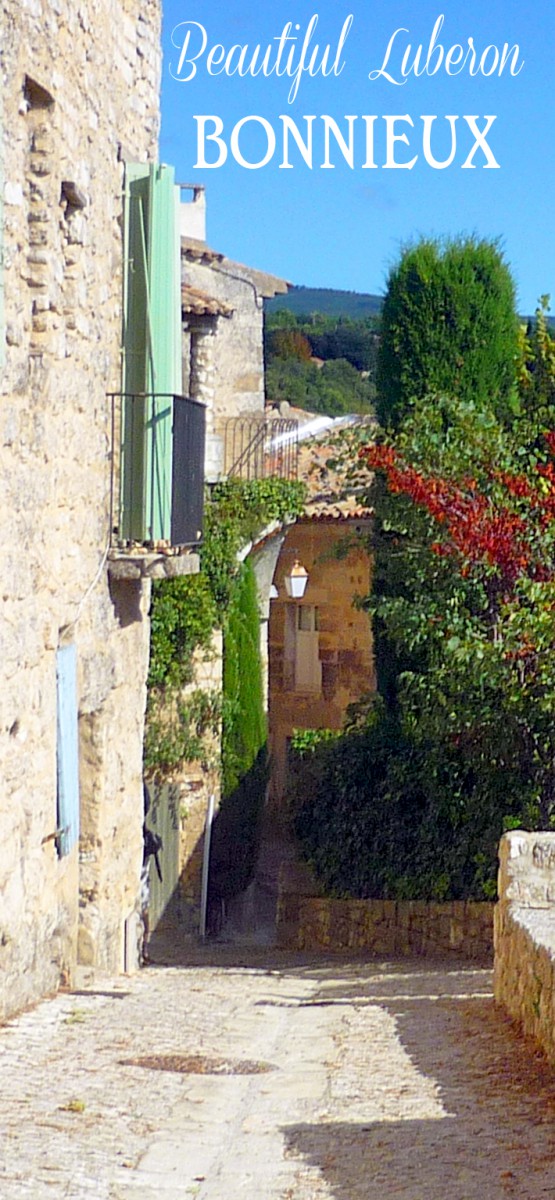I have a confession to make: until our last trip to Provence, I had never heard of Taillades.
It was during a routine grocery run while browsing the local supermarket that I stumbled upon a poster advertising this incredible site.
Intrigued by the images of dramatic rocky promontories and historic charm, I knew we had to visit.
Nestled at the foot of the Petit Luberon mountain, just 25 km from Avignon and 4 km east of Cavaillon, Taillades turned out to be a hidden gem.
This quaint village quickly captured our hearts with its unique blend of natural beauty and rich history.
As we explored its ancient streets, we discovered the fascinating story of its stone quarries and the vibrant cultural scene that now thrives in this picturesque setting.
Join me as I share our journey through Taillades, a place that went from being an unknown name on a poster to one of our most cherished memories of Provence.
Watch this short video on the Luberon!
Plan your trip
- 🛏 Find the best accommodations in the Luberon on Booking.com
- 🚙 Rent a car in Aix-en-Provence or Marseille-Provence Airport
- 🙋♀️ Get the PASS CÔTE D'AZUR and take your pick from more than 100 amazing experiences!
- 🤩 Visit the beautiful Provençal region of Luberon
- 🚐 Join a 6-hour tour of Lourmarin, Bonnieux, Roussillon, and Gordes by air-conditioned minibus
- 🚘 Discover Provence in a 2CV. Stroll along exceptional roads and enjoy a piece of Luberon all to yourself!
- 🥗 Experience a black truffle hunting tour in a Luberon plantation
- 📚 Read the DK Eyewitness Provence and the Côte d’Azur Travel Guide.
- 🚗 There are several parking spaces near the entrance to the old village. For example, try the car park of Place de la Mairie and the nearby Parking du Stade.
Taillades: A Bit of History
Let’s step back in time as we recall the storied past of Taillades.
The Quarries of Taillades
The history of Taillades is intertwined with the quarries and the quarrymen who shaped the village as it appears today.
Indeed, the quarry is a testament to a past where stone sustained the villagers of Taillades from the Middle Ages until the late 19th century.
In the past, the stone provided a livelihood for the people of this area.
The quarries were dug into yellow limestone.
In 1873, there were 12 quarries in and around the village.
At their peak, the quarries provided employment for up to 11% of the village's working population.
Quarrying activities ceased around 1925.
The stone was extracted while preserving the access road at the top of the village we follow, reinforcing its defensive system.
It was mainly the exploitation during the 19th century that gave the site its spectacular mineral appearance.

The quarry of Taillades © French Moments
The New Village of Taillades
It was after this period that the village expanded towards the plain and the Carpentras canal, which opened up new economic prospects.
Today, Taillades is a commune of nearly 2,000 inhabitants.
The newer part of the commune includes small shops, the post office, the school, and residential areas.
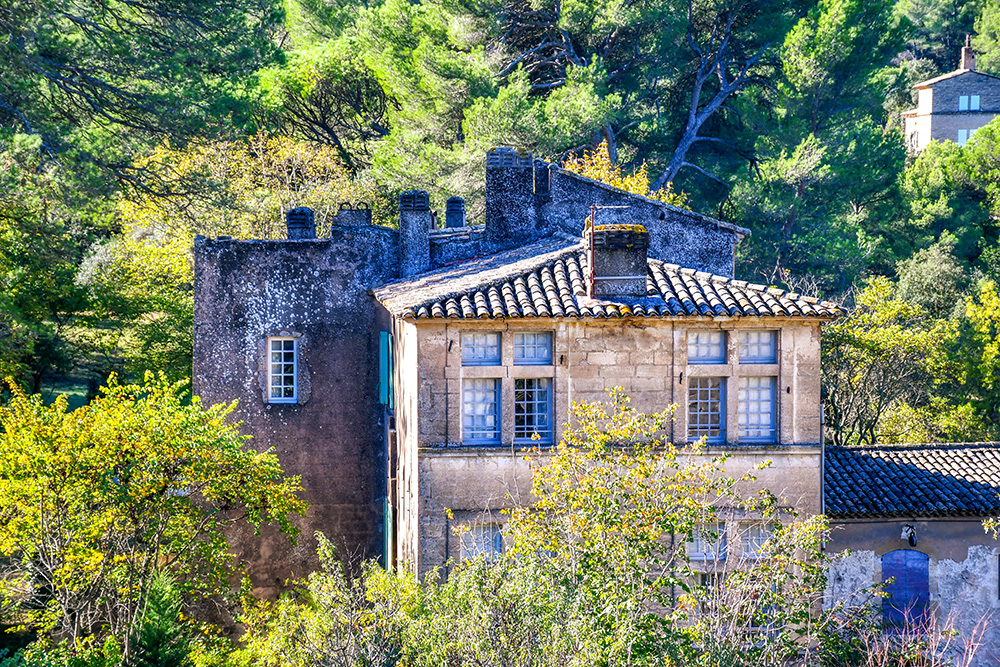
The old castle of Taillades © French Moments
Where does the name of Taillades come from?
Two theories explain the name of the village of Taillades.
It either comes from the stone cutting activity, “tailler” meaning to cut.
Or from the Latin "Tailladae," meaning "village built on a rock."
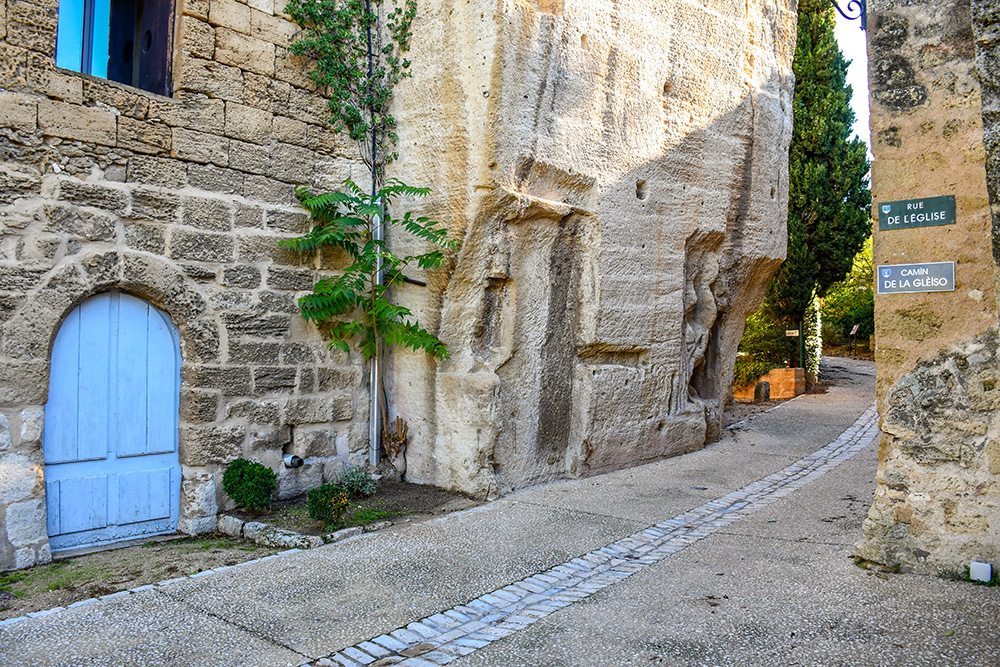
Taillades © French Moments
The Discovery Guide of Taillades
Here's some tourist information to help you explore the Provencal village.
🎦 Check out my guided walk on YouTube to explore Taillades with me:
Understanding the Village
Taillades lies 25 km from Avignon and 4 km east of Cavaillon, in a quaint little village nestled at the foot of the Petit Luberon mountain.
This small village is well worth a visit for its unusual and spectacular site.
The historic village is dominated by two rocky promontories, worn away over the centuries for their stone quarries.
On one promontory stands the church, and on the other, a medieval tower.

Taillades © French Moments
The Village Walk of Taillades
Let's begin our exploration of Taillades from the Place de la Mairie, where you can park your car.
The Entrance to the old Village
Follow the Rue de l’Église, which ascends through the quarry.
You are now entering the old part of the village.
To the left stands the medieval tower, emerging from a rocky peak around which all the stone has been quarried.

The Medieval Tower © French Moments
The Morvelous and Saint-Véran
At the entrance to the old village, we are greeted by the "Morvelous."
This is a very worn bas-relief representation of Saint Véran, carved directly into the rock.

Le Morvelous © French Moments
Saint Véran was the first bishop of Cavaillon.
He is known for having rid the Luberon of the horrible Coulobre, a dragon that terrorised the entire region from Fontaine-de-Vaucluse.

Saint-Véran and the Coulobre, statue in Fontaine-de-Vaucluse © French Moments
So, one might think of Marvellous in English, but to the locals, it is Morveux or snotty, which is not very flattering.
The Castle
On the left is a view of the castle, whose current building dates from the 18th century.
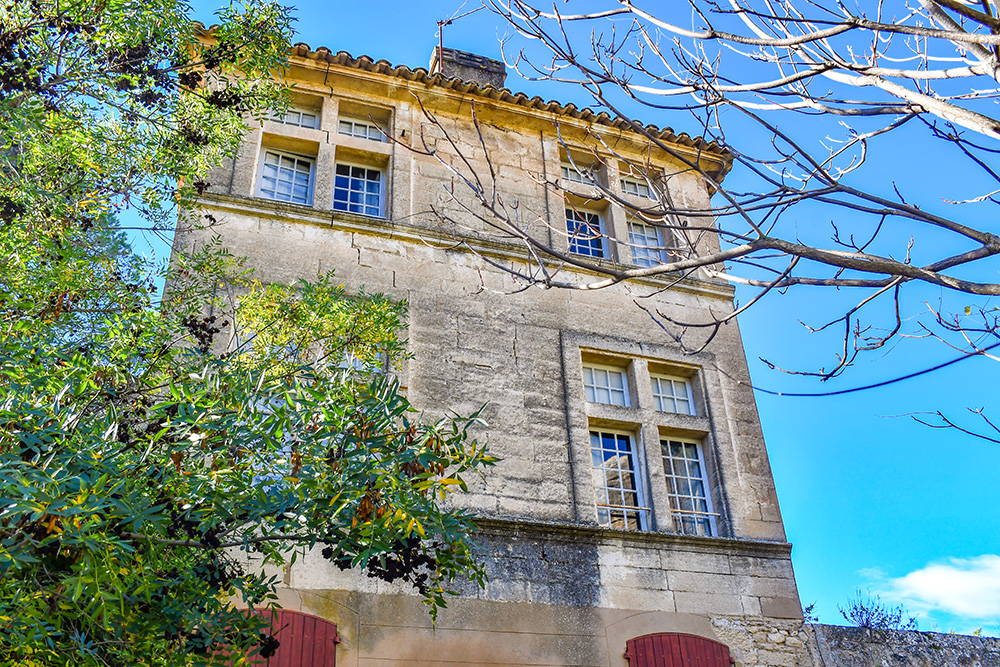
Taillades © French Moments
The Viewpoint
Ascend the Rue de l'Église until you reach the viewpoint.
The street overlooks the void created by the quarries on either side, giving the area a fascinating character.
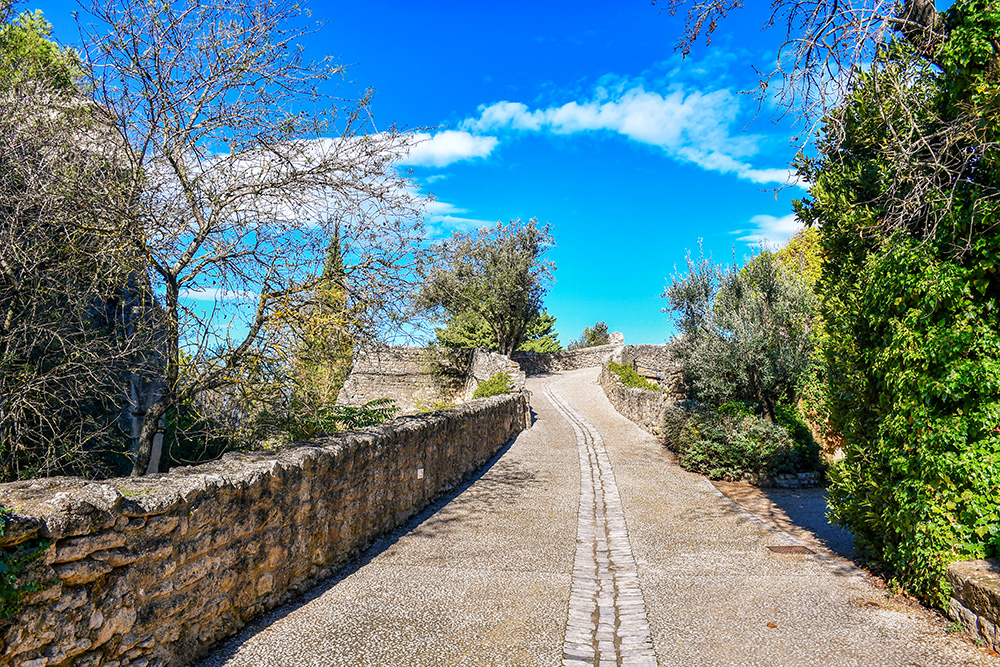
Rue de l'église © French Moments
Near the top of the street is one of the most beautiful panoramas in the region, encompassing the village and the plain from Cavaillon to Mont Ventoux, including the Dentelles de Montmirail.

The viewpoint © French Moments

The Dentelles de Montmirail in the distance © French Moments

The perched village of Gordes © French Moments

Thouzon Castle near Le Thor and the Cévennes in the distance © French Moments
In the distance, you can make out the village of Châteauneuf-du-Pape.

Châteauneuf-du-Pape and the Cévennes © French Moments
The Saint-Trophime Church
The church, also perched on a rocky stump, has likewise escaped the stone exploitation.

Saint-Trophime Church © French Moments
The Saint-Trophime Church dates back to the 18th century.

Saint-Trophime Church © French Moments
Opposite, there is access to a small terrace offering another beautiful view of the entire quarry site.

Théâtre des Carrières © French Moments
The Théâtre des Carrières
This quarry in the heart of the old village has become the Théâtre des Carrières, where numerous shows are performed each summer: theatre, dance, jazz and classical music concerts.

Théâtre des Carrières © French Moments
Rue des Carrières
The Rue de l’Église is a dead end, and we need to turn around to return to our starting point.
To return to the Place de la Mairie, take a small detour via the Rue des Carrières.
This will allow you to find the entrance to the quarries.

The entrance to the quarry © French Moments
Moulin Saint-Pierre
400 metres north of the old village is the Carpentras Canal. Here, you will find the beautiful Saint-Pierre water mill.

Moulin Saint-Pierre © French Moments
Built in 1859, it was originally used for processing rose madder (garance, in French), a plant that produces bright red dye.
From 1874 to 1881, it became a flour mill.

Moulin Saint-Pierre © French Moments
The mill has been owned by the commune of Taillades since 1981. Its large water wheel, the biggest in Vaucluse, has 24 paddles.
The water wheel has a diameter of 8 metres and a width of 6 metres.
The wheel used to power the millstones with energy from the Carpentras Canal.
Today, it turns without any load but remains a symbol of Taillades' industrial past.
The wheel reflects in the old canal, lined with a stunning row of century-old plane trees.

Carpentras Canal © French Moments
Find out more
Here are some pages from our blog and other websites to find out more about this Provencal destination.
- Discover the hilltop villages of the Luberon
- Explore the neighbouring villages of Maubec and Oppède
- Find out more about Provence-Alpes-Côte d'Azur
- The official tourist office of the area
Where to stay near Taillades
Taillades and surroundings have a high capacity for holiday accommodation. The commune and its surroundings has hotels, bed and breakfasts (covering all price ranges), estate agencies offering seasonal rentals and gîtes.
Click here to book your accommodation in the Luberon or browse the map below:
What to do in the Luberon
Be inspired by a list of things to do in the Luberon:
Pin Taillades on Pinterest
